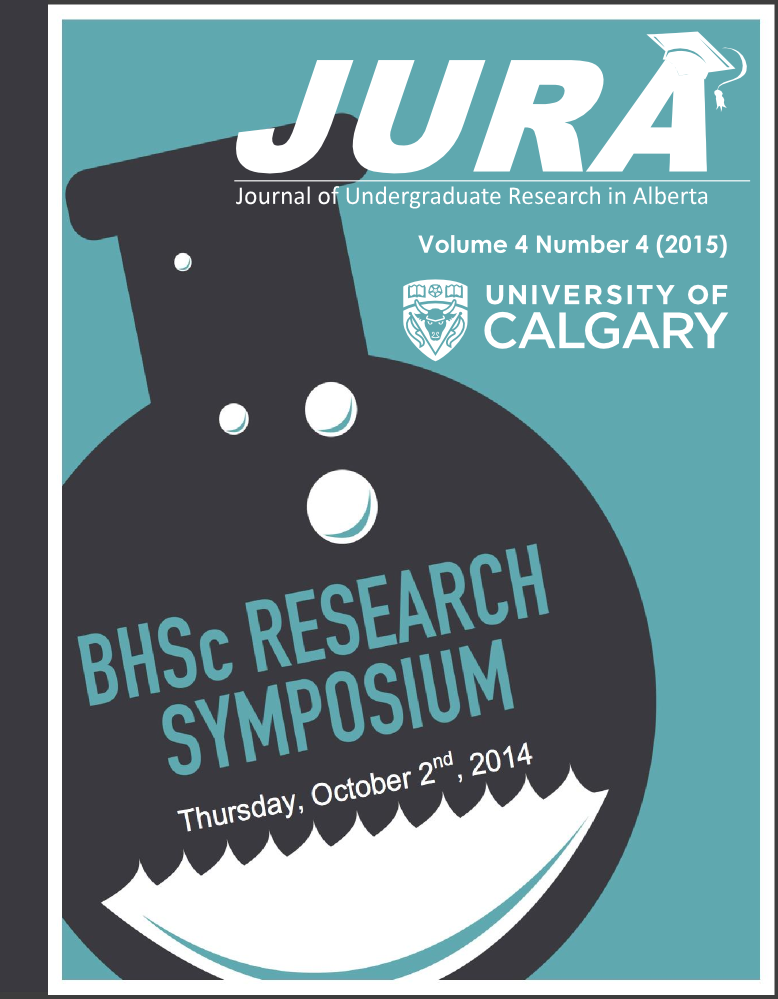Characterising Pulmonary Plasmacytoid Dendritic Cells
Keywords:
immunology, dendritic cells, intravital imagingAbstract
INTRODUCTION
The lung’s exceptionally large surface area, and minimal distance between the blood and external environment leave it vulnerable to infection. Most importantly is-that pulmonary infections can often lead to severe complications such as sepsis or septic shock. We are interested in pulmonary Plasmacytoid Dendritic Cells (pDC) which in other organs of the body have been shown to be critical in fighting severe infection through the initiation of inflammation and the modulation of T cell responses [1, 2]. We hypothesize that pDC, are prepositioned in the lung and are capable of rapidly responding to pathogenic insults.
METHODS
Lungs from the mouse were exsanguinated and excised from the mouse and prepared as a whole lung homogenate. The cells were then Fc blocked and then stained with the antibody cocktail. Following the staining, the cells were analysed using flow cytometry.
RESULTS
Using flow-cytometry, we have identified pDC using the cell surface markers PDCA-1+ and Siglec-H+ within exsanguinated unstimulated whole lung homogenates. Analysing the anatomical locations of lung pDC revealed at baseline, pDC are almost exclusively located in the pulmonary vasculature with a small population in the lung parenchyma and none within the alveolus. pDC make up 0.5 % of total CD45+ pulmonary leukocytes. Stimulating the lung with pathogen associated molecular patterns that either directly or indirectly activate pDC demonstrated that early on during inflammation the absolute number of pDC does not change, suggesting they are not recruitable. Following either stimulation, the population of PDCA-1+ cells increased; however, using our more rigorous definition of pDC by employing multiple cell surface markers we discovered that the true pDC population (PDCA-1+/Siglec-H+) did not change in number. Under unstimulated conditions, PDCA-1+ pDC were visualized within the vasculature. These cells crawled along the endothelium and were not part of the blood cellular blood flow. Following 24 hours after stimulation with a TLR 9 agonist, an increase in the total number of the PDCA-1+ was observed. The PDCA-1+ cells displayed a mix of a crawling and stationary phenotype.
DISCUSSION AND CONCLUSIONS
We have examined in detail our current definitions of pDC, the phenotypic markers used in the identification of them, their anatomical location within the lung, and finally the effects of two TLR agonists on pDC. We created an assay to identify the anatomical locations of pulmonary leukocytes, and developed methods to identify the roles that these cells play in pulmonary host defence. We now know that PDCA-1 is not an effective marker for pDC during inflammatory conditions and that a rigorous definition of pDC is needed to identify them during inflammatory conditions. We made the novel observation that pDC, upon stimulation will react differently depending on the stimuli, which means they display plasticity in their roles within the hierarchy of host defence. The findings in this paper provides the basis for further insight into the nature of pulmonary pDC and their roles in pulmonary inflammation. We will explore these exciting new avenues by asking questions regarding the roles and interactions which pDC have in the initiation of severe pneumonia, and its functions during. This work will allow us to continue to investigate the unknown roles and functions that pDC play during pulmonary inflammation, which will reveal exciting new pathways to treat severe pneumonia, or pulmonary inflammation.
Downloads
Additional Files
Published
Issue
Section
License
Authors retain all rights to their research work. Articles may be submitted to and accepted in other journals subsequent to publishing in JURA. Our only condition is that articles cannot be used in another undergraduate journal. Authors must be aware, however, that professional journals may refuse articles submitted or accepted elsewhere—JURA included.


